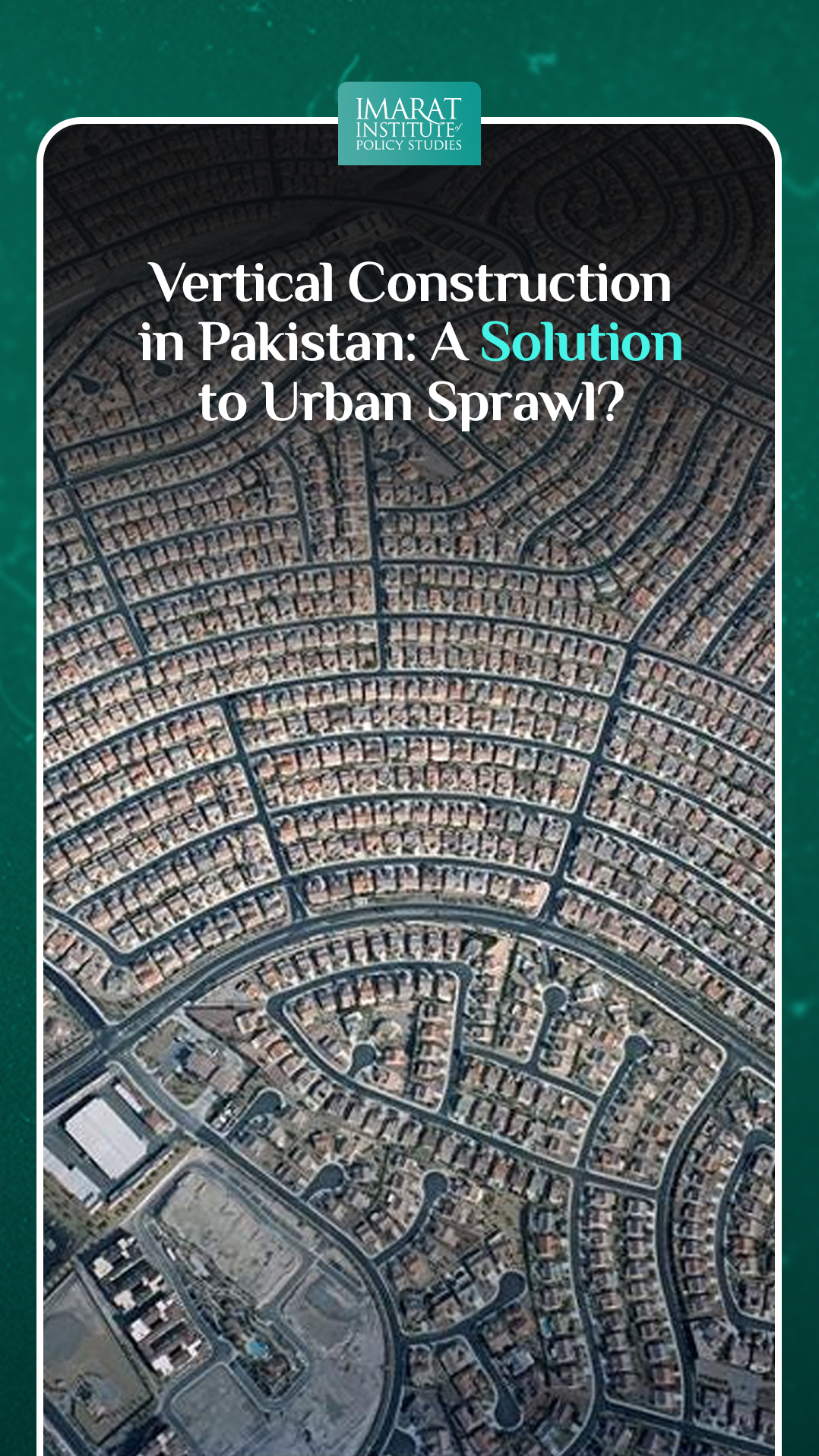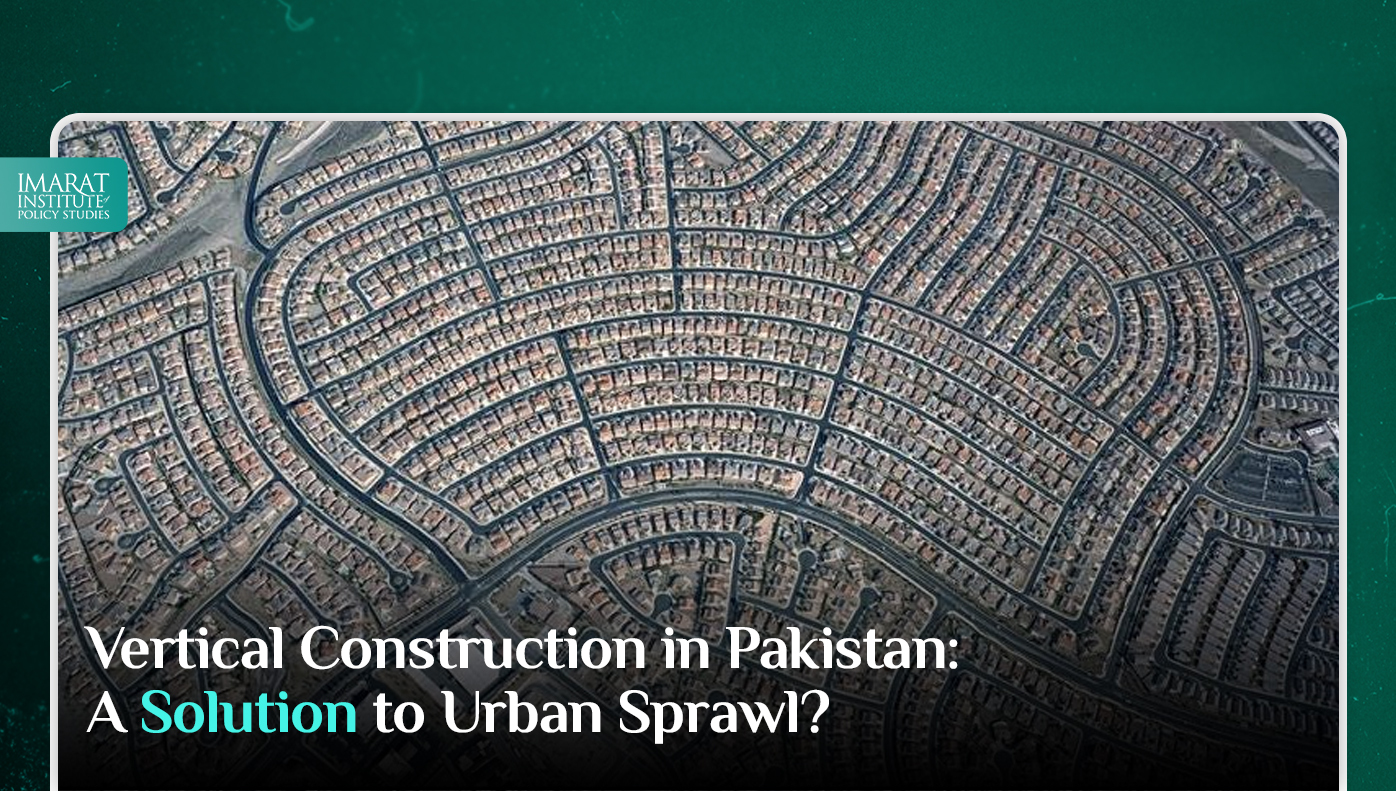Urbanization is a global phenomenon, with cities across the world grappling with the challenges it brings. In Pakistan, a country marked by rapid population growth and limited urban land, the shift towards vertical construction emerges as a compelling solution to the persistent issue of urban sprawl. This blog delves into the merits of vertical construction in Pakistan, examining its potential to foster sustainable urban development, enhance living standards, and address the pressing need for efficient land use.
Understanding Urban Sprawl in Pakistan
Urban sprawl, characterized by the uncontrolled expansion of urban areas into the surrounding countryside, has been a significant challenge for Pakistan. Major cities like Karachi, Lahore, and Islamabad have seen their boundaries stretch far beyond their original limits, leading to a host of environmental, economic, and social issues. The sprawl has exacerbated traffic congestion, pollution, and has stretched infrastructure and services to their limits, undermining the quality of urban life.
The Rise of Vertical Construction: A Strategic Response
Vertical construction, or the development of multi-story buildings for residential, commercial, and mixed-use purposes, offers a strategic response to the limitations imposed by urban sprawl. By building upwards rather than outwards, Pakistan can better manage its urbanization challenges.
Efficient Land Use
One of the most compelling arguments for vertical construction is its efficiency in land use. High-rise buildings accommodate more people and facilities in a smaller footprint, conserving valuable agricultural land and natural habitats from being converted into urban sprawl. This efficient use of vertical space is particularly crucial in densely populated cities where land is scarce and expensive.
Sustainability and Environmental Benefits
Vertical construction can significantly reduce the environmental impact of urbanization. Concentrated urban development limits the need for extensive infrastructure networks, such as roads and utilities, reducing the carbon footprint associated with their construction and maintenance. Moreover, modern high-rise buildings are increasingly designed with green technologies, such as energy-efficient lighting, water recycling systems, and solar panels, promoting a more sustainable urban environment.
Enhancing Quality of Life
High-density vertical living can also enhance the quality of life by fostering vibrant, walkable communities. With residential, commercial, and recreational facilities often co-located in mixed-use developments, residents can enjoy greater convenience and reduced commute times. Furthermore, the incorporation of green spaces and amenities in vertical developments can provide much-needed recreational areas and contribute to the well-being of urban residents.
Economic Advantages
Vertical construction stimulates economic growth by attracting investment in the construction and real estate sectors, two significant contributors to Pakistan’s GDP. It also encourages the development of ancillary industries, such as building materials, interior design, and facility management services. Moreover, high-density developments can generate higher tax revenues for local governments, which can be reinvested in public services and infrastructure.
Challenges and Considerations
While the benefits of vertical construction are clear, its implementation in Pakistan requires careful consideration of several challenges. These include ensuring the structural safety of high-rise buildings in a seismically active region, addressing concerns about social equity and inclusivity, and upgrading urban infrastructure to support increased density.
Structural Safety and Regulations
The construction of high-rise buildings demands stringent adherence to building codes and regulations, especially in earthquake-prone areas. Ensuring the structural integrity of tall buildings is paramount, necessitating a robust regulatory framework and skilled professionals to oversee development projects.
Social Equity and Inclusivity
Vertical construction projects must be designed with inclusivity in mind, offering affordable housing options to prevent the marginalization of low-income populations. Mixed-income developments can help maintain social diversity and cohesion in urban centers.
Infrastructure and Services
The concentration of population and activities in high-rise developments places additional demands on urban infrastructure and services. Upgrading transportation networks, utility services, and waste management systems is essential to accommodate the needs of denser populations without compromising livability.
Conclusion
Vertical construction offers a promising solution to the challenges of urban sprawl in Pakistan, promoting efficient land use, sustainability, and economic growth. However, realizing its full potential requires addressing the technical, social, and infrastructural challenges associated with high-density urban development. By adopting a holistic approach that balances economic development with environmental and social considerations, Pakistan can harness the benefits of vertical construction to create more sustainable, livable, and vibrant cities for future generations
This article is written by Radma Nouman. Radma is a research analyst at the Iqbal Institute of Policy Studies (IIPS).



Leave a Reply